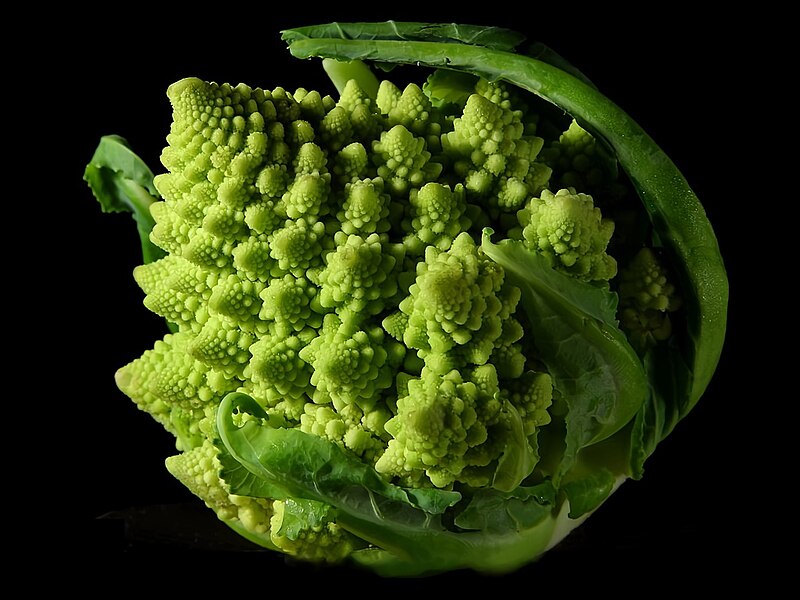 |
| Tamarindus indica (Tamarind) |
Monday, January 30, 2012
The Indian Date
Thursday, January 26, 2012
Marijuana's tough cousin (or, A Very Strong Weed)
 |
| Cannabis sativa L. subsp. sativa (hemp) |
Monday, January 23, 2012
Yew and cancer
 |
| Taxus brevifolia (Pacific Yew) |
Saturday, January 21, 2012
A fractal vegetable
 |
| Brassica oleracea |
Wednesday, January 18, 2012
The tree with bloody bark
 |
| Arbutus andrachne (Eastern strwaberry tree) Tel Aviv University Botanic Garden. source: Eytan Chamovitz |
Sunday, January 15, 2012
With Parsely and Sage and Thyme
 |
| Rosemarinus officinalis (rosemary) |
Thursday, January 12, 2012
Furry Females
 |
| Acalypha hispida (Chenille plant) Tel Aviv University Botanic Garden photo: Eytan Chamovitz |
Tuesday, January 10, 2012
What does the Venus flytrap feel?
How does a Venus fly trap know when to spring the trap? If you look at this video, you'll see that the trap only closes when the prey has meandered towards the middle of the trap. The plant knows that its prey has (1) reached the middle, and (2) is big enough to eat because it feels the insect. The large black hairs on the lobes of the trap are mechno-sensitive triggers that tell the plant that they've been touched, much like the hairs on your arm let you know when a fly has landed. To close, at least two of the trap's hairs have to be touched within about 20 seconds. A small bug can't touch two hairs that quickly, but a large one can. Once the bug (or small animal) touches two hairs, an electric signal, very similar to signals in our own nerves, initiates the trap closing.
Chapter 3 of WHAT A PLANT KNOWS is entitled "What a Plant Feels", and provides many more details on how the Venus flytrap and other plants feel their environment.
Chapter 3 of WHAT A PLANT KNOWS is entitled "What a Plant Feels", and provides many more details on how the Venus flytrap and other plants feel their environment.
Sunday, January 8, 2012
Umkokola - A smelly apple
 |
| Dovyalis caffra (Umkokola) |
Thursday, January 5, 2012
No yams, no Pill
 |
| Dioscorea mexicana (Mexican yam). photo by Nhu Nguyen |
Monday, January 2, 2012
Guest Blog: Paul Moore and the Mt. Atlas Pistachio
Paul Moore is a musician, traveling minstrel, founder of Ukuleles for Peace, and a lover of trees.
| Paul Moore and a very old Pistacia atlantica (Mt. Atlas mastic) |
Paul: I found this today while on a trip to look at stone for my house. This amazing Mount Atlas Pistache tree is next to Kibbutz Yiftah on the Northern Road of Israel. This could be the oldest one in the grove, or one like it, and is approximately 450yrs old. The most strange thing happened as I approached it: a Black cat jump out from the Center of the Tree... A witch's Tree no doubt! I am lucky to Live in a Forest in the Galilee Mountains in Mitzpa Harashim, We take our love of trees very seriously here! I hope to take pictures and tell more tree story's in the Future. The Galilee has an amazing amount of very old trees despite its size and the constant removal of trees over the centuries for fire, carpentry and more recently the railway. The Sacredness of some trees is still very much part of the inhabitants, be they Jew, Christian, Druze, or Muslim.
Danny: This species of pistachio is native from Iran to Turkey, through the Middle East to North Africa. It has many uses: The seeds can be eaten raw or turned into candy, the seeds also provide a useful oil, the plant contains a rubber that is used as a natural chewing gum, its sap is used to make incense and perfume, and the leaves contain chemicals used for tanning leather. The Mt. Atlas tree is dioecious, meaning that there are separate male and female trees.
Danny: This species of pistachio is native from Iran to Turkey, through the Middle East to North Africa. It has many uses: The seeds can be eaten raw or turned into candy, the seeds also provide a useful oil, the plant contains a rubber that is used as a natural chewing gum, its sap is used to make incense and perfume, and the leaves contain chemicals used for tanning leather. The Mt. Atlas tree is dioecious, meaning that there are separate male and female trees.
